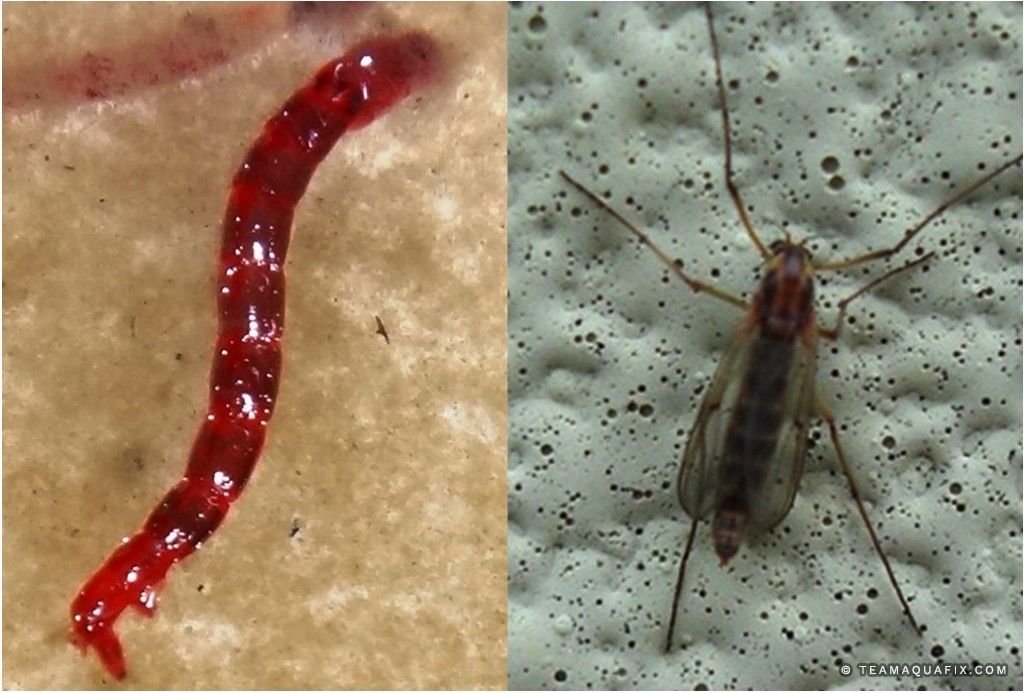Easy-to-raise red wigglers: Enhance your compost
Wiki Article
Transform Your Yard With Red Wigglers: Idea
By establishing a fundamental worm container and recognizing the nutritional requirements of these amazing animals, garden enthusiasts can substantially enhance dirt quality and plant health. The procedure of converting organic waste right into rich, productive spreadings is both simple and rewarding.
Advantages of Red Wigglers
Red wigglers, clinically called Eisenia fetida, are usually hailed as nature's composting champions. These amazing worms offer numerous crucial benefits that can considerably boost yard health and efficiency. Firstly, they are reliable decomposers, breaking down organic material such as cooking area scraps and lawn waste into nutrient-rich vermicompost. This natural plant food enriches the soil, advertising healthy plant development and enhancing soil framework.
One more noteworthy benefit of red wigglers is their capability to reduce waste. By composting organic products that would or else contribute to land fill waste, they play a crucial function in sustainable horticulture methods. Integrating these worms right into your gardening regimen can lead to enhanced yields, much healthier plants, and a more vibrant yard environment, making them important allies for gardeners seeking to boost their environmental impact.
Establishing a Worm Container
Creating a worm container is a crucial action for anyone aiming to harness the advantages of red wigglers in their gardening efforts. An ideal worm container can be made from numerous materials, consisting of plastic containers, wood cages, or commercially available worm bins. The initial consideration is dimension; a container that goes to the very least 2 feet wide, 3 feet long, and 1 foot deep is generally optimal for a little to tool number of worms.It's essential to develop a bed linens layer, making use of products such as shredded paper, cardboard, or coconut coir to give a comfortable setting for the worms. The bed linen must be wet however not soaked, looking like a moist sponge - red worms.
Place the bin in a location that maintains a constant temperature level, ideally between 55 ° F and 77 ° F. Avoid straight sunlight or extreme cold, as these problems can hurt the worms. Once the bin is established, permit the bedding to go for a couple of days prior to introducing the red wigglers, ensuring they have a flourishing environment in which to grow.
Feeding Your Red Wigglers
When the worm container is established and the red wigglers are presented, proper feeding comes to be essential to keeping a healthy worm population. Red wigglers grow on a diverse diet regimen, mainly consisting of kitchen scraps and organic products.When presenting food, slice the scraps into smaller pieces to facilitate quicker consumption. Additionally, bury the food under a layer of bed linens material to protect against fruit flies and various other nuisances. Screen the feeding regularity; a basic policy is to supply food every 1-2 weeks, depending upon the variety of worms and the quantity of food waste created.

Collecting Worm Castings
How can you tell when it's time to collect worm spreadings from your bin? The readiness of worm castings is suggested by a few essential indications.Another indication is the reduction in worm task; as the castings build up, worms tend to move in the direction of fresher food sources. If you discover a decline in worm motion and the presence of castings at the end of the bin, it's a clear signal that harvesting is due.
To gather, gently dig the castings, making sure to lessen disturbance to the worms. A prominent technique involves dividing the castings utilizing light; worms tend to tunnel far from the light, enabling you to gather the spreadings more conveniently.
Collecting routinely, approximately every 3 to six months, ensures a continual supply of this nutrient-rich amendment for your gardening undertakings. Bear in mind, the top quality of your spreadings directly influences the health and wellness of your plants.
Using Spreadings in Your Yard
(red wigglers eisenia fetida)Making use of worm spreadings in your yard can significantly enhance dirt wellness and plant development - red worms. These nutrient-rich natural plant foods provide important macro and micronutrients, enhancing the general fertility of your soil. By integrating worm spreadings into your yard beds, you can promote beneficial microbial activity, which helps in vitamins and mineral accessibility and enhances dirt frameworkTo use worm spreadings efficiently, blend them into the top couple of inches of soil prior to planting. You can create a nutrient-dense liquid fertilizer by soaking worm castings in water for a week, after that using the resulting "worm tea" directly to your plants.
Worm castings also boost dampness retention within the dirt, minimizing the need for frequent watering. Their all-natural pH equilibrium makes them appropriate for various plant kinds, from vegetables to ornamentals. Routinely including worm castings into your gardening routine can result in durable plant development, increased returns, and a general healthier garden ecosystem. Embrace the advantages of worm spreadings for a thriving and sustainable garden.
Conclusion
By developing a worm bin, supplying suitable food, and consistently gathering nutrient-rich spreadings, garden enthusiasts can cultivate a sustainable community. The usage of worm spreadings and "worm tea" further adds to moisture retention and nutrient this schedule in the soil.Report this wiki page